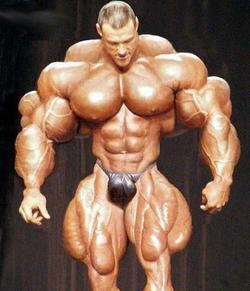The ends of bones are soft, so they must be covered with a thick white gristle called cartilage. Many people suffer from knee pain because the cartilage is damaged. They may have osteoarthritis in which the cartilage wears away, or they may have damaged cartilage in an accident or by playing sports. Once damaged, cartilage can never heal; the person spends the rest of his life losing cartilage until the cartilage is completely gone and the knee hurts 24 hours a day.
Until recently, the only effective treatment has been to cut out the ends of the bones of the knee and replace the entire knee joint. Now for some people, a simpler procedure may be effective: partial knee replacement, called unicompartmental knee arthroplasty. The surgeon removes just part of the cartilages and bones on the upper and lower legs on one side of the knee.
However, this procedure is not for everyone. Since partial replacements are more fragile than total knee replacements and do not last as long, the patient should be over 60, not obese and not a vigorous exerciser. All of the knee ligaments should be intact, the other compartments of the knee should not be damaged, and there should be no disease, such as rheumatoid arthritis, that causes progressive joint damage. If a partial knee replacement fails, more extensive surgery will be required for a total knee replacement. If you think you may be a candidate for partial knee replacement, check with an orthopedist with experience in this procedure.
After any surgery on knee cartilage, you must protect that knee for the rest of your life. Running and jumping cause further damage, while pedaling and swimming usually do not. More on
total knee replacement; more on
arthroscopic knee surgery






 18:37
18:37
 kaniamazdar
kaniamazdar











